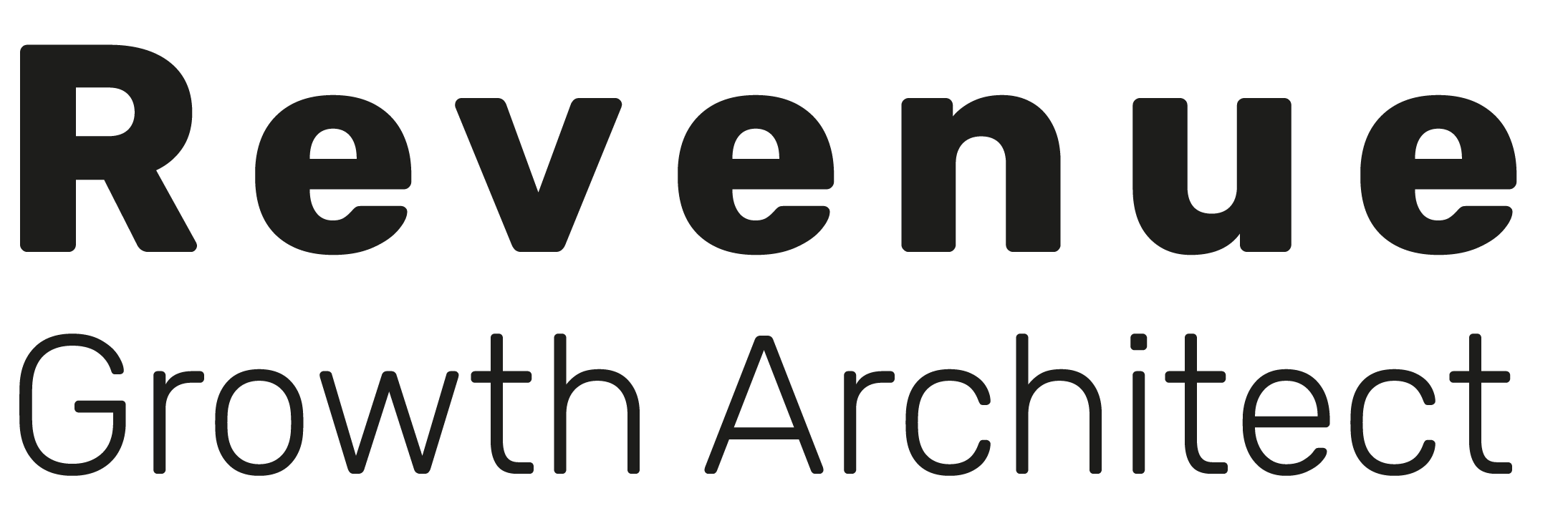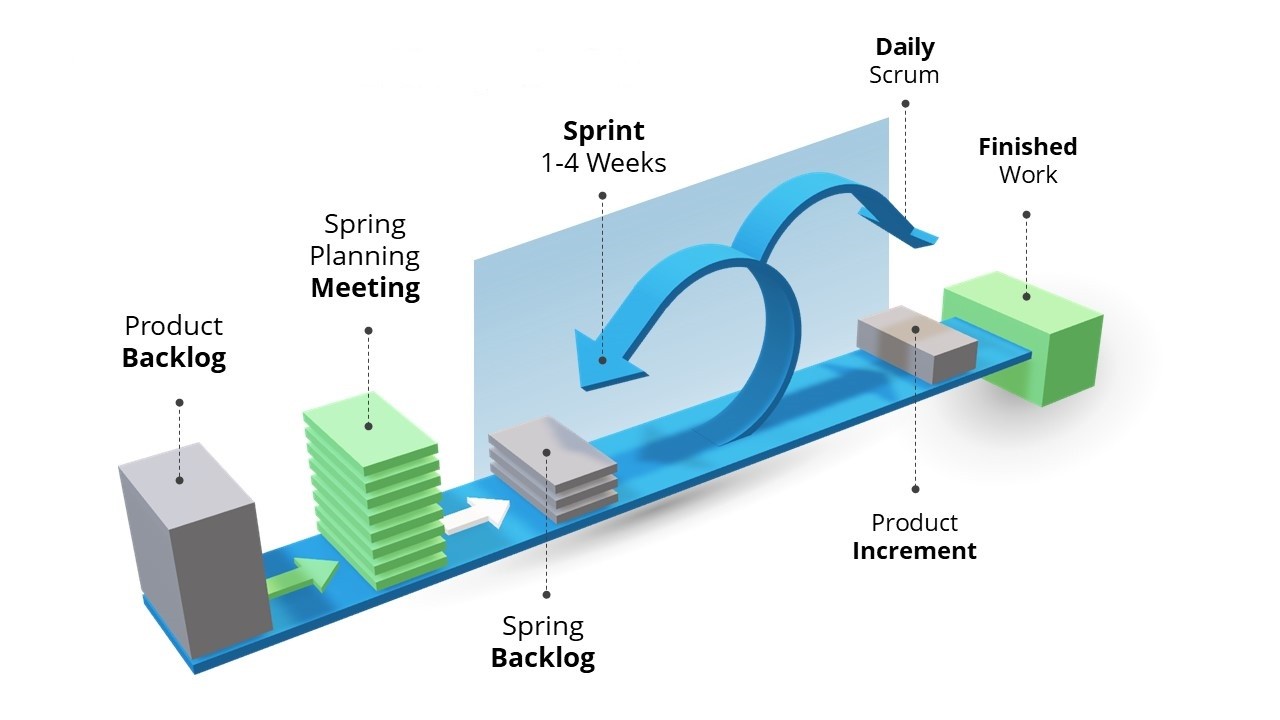Agile in Marketing (with a sample use case)

We all have at some point heard about different methodologies, frameworks, and processes being used in software development from time to time. Marketing as a function is not alien to adopting some good practices that help in speeding up execution, improving quality, and better stakeholder communication. Agile marketing is one such frontier.
In the last few years, marketers around the world have been curious about the use of Agile in Marketing. Many have tried with little to no proof of success. In this post, I intend to share my experience of implementing the most universal form of Agile, Scrum. I will not go into the technicalities of Scrum like the burndown charts, velocity, etc. That’s for some other time. This post is only a high-level summary of my experience implementing Scrum in motion graphics and video production. There’s a lot more to Scrum than what’s in this post.
First, what’s Scrum? Scrum is a framework that helps in breaking down complex workloads into smaller items that can be developed in a shorter period of time to take instant feedback from the stakeholders and release it to the audience, incrementally. With Scrum, you meet stakeholder expectations, have better team collaboration, and get to market faster.
This 2-minute clip by the folks at the Scrum Alliance explains it well.
For this post, let’s look at one of the sub-function of marketing; video production. Video is a popular and trending content format. Customer testimonials, employee feedback, CXO message, company reels are some content artefacts being produced by the marketing team.
With that, let’s dive into the actual application of Agile (Scrum) in marketing.
Getting the team together:
For Scrum to work, they advise a team of no less than 6 and not more than 9. For our video production unit, we will need a motion graphic artist (or a video producer), a still graphic artist, a content writer, a DemandGen associate(s), a LeadGen associate(s), and a scrum master. The Scrum Master can also be a contributor to the project. Any of these roles can play a Scrum master on the team. The Scrum master’s primary job is to remove the roadblocks so that all on the team can meet their individual goals. Read more about the role of a Scrum Master. The marketing leader can act as a Product Owner who talks with multiple stakeholders and builds a prioritized list of videos to be produced. He is also responsible for jotting down the outline of the story for video production.
Prioritized backlogs:
To implement Scrum, first we need to create a prioritized list of videos. In Marketing, campaign timeline can set priority, by its perceived impact on lead generation, the stage at which the client account is, etc. Many a time, they leave video production to the marketing team. In this scenario, we use our collective judgement in prioritizing the list. It can be done by playing a little game of poker. Planing Poker is used to determine points to be given to each video based on complexity, effort, and uncertainty. In our context, we can give points based on our perceived understanding of the impact of the video on revenue generation, impact on branding, impact on client relation, impact on a campaign schedule, etc.

Going back to the team composition, I mentioned a few roles on the team that may not directly contribute to developing videos. They play a very important role when we play Planning Poker. They help in placing the right emphasis on videos that are closer to helping meet marketing targets. Toward the end of this exercise, we build consensus and have a groomed backlog of prioritized videos. Have fun with Scrum by paying Planning Poker here.
Sprints:
A sprint is a duration in which the teams come together to develop a ‘shippable product increment’ at the end of each sprint. In our context, we may have videos that can take more than 1 / 2 week(s) to produce.
Tip: Try to have shorter sprints. This allows for continuous feedback and course correction.
Moreover, a segment of the entire video may not be market-worthy. This segment is called a product increment. In this scenario, we will pivot slightly from the framework of Scrum by allowing more time to be taken to produce the video in its entirety. The other rituals of Scrum – like the daily standup’s (daily Scrums), weekly or bi-weekly Sprint Reviews, Retrospectives will continue. Just that we may not have a ‘shippable’ video file ready at the end of the sprint.
Why Scrum or for that matter, Agile?
In the past, marketers would detail the storyline and hand it over to the agency or the in-house motion graphic artist. There would be a fuzzy timeline within which the artist will produce this video and showcase it to the marketing stakeholders. If a change is needed, and more often than not there are plenty, the artist will have to rework parts of the video and get back with the updates. Sometimes, the artist will have to request a segment to be re-recorded. Plus, teams are locked into a project mentality and are hard to shake off it. Typical waterfall-ish. There used to be a relatively longer-term plan.
The true value of implementing and following Agile frameworks in marketing is that we avoid waste (time and money) and speed up execution.
- Shorter review cycles help in giving constant feedback to the artist and thereby inching closer to a perfectly shippable product. The storyboard can be reviewed and changes made run-time.
- Whatever part of the video produced is ready to be demoed at any point in time.
- If the artist hits a roadblock, s/he has someone to help remove it.
- It also helps in planning campaigns. With DemandGen and LeadGen team members on the Scrum team, they not only have a better understanding of the timelines but also a greater level of empathy toward their fellow marketers.
- Changes in the video from a Product Owners’ point of view is easy to incorporate as the sprint reviews are more often; once a week / two weeks apart.
- It’s easy to change the course or re-prioritize based on market forces, skill availability, or even short-term changes in the company’s direction. For instance, in the current scenario, a CPO can request a prioritized video on spreading awareness and the company’s stand on the pandemic. With Scrum, the team can quickly shift focus and start working on the new project. There is no lockdown on projects.
With Scrum, the plan is no more than the time it takes for one sprint. Your team is literally agile!
Tools of Scrum (my list):
- Trello
- Skype / Slack
- Planning Poker card deck
- Humour & fun (very important)
Now it’s your turn. Have you implemented any of the Agile frameworks in any of the marketing processes? What has been your experience?



